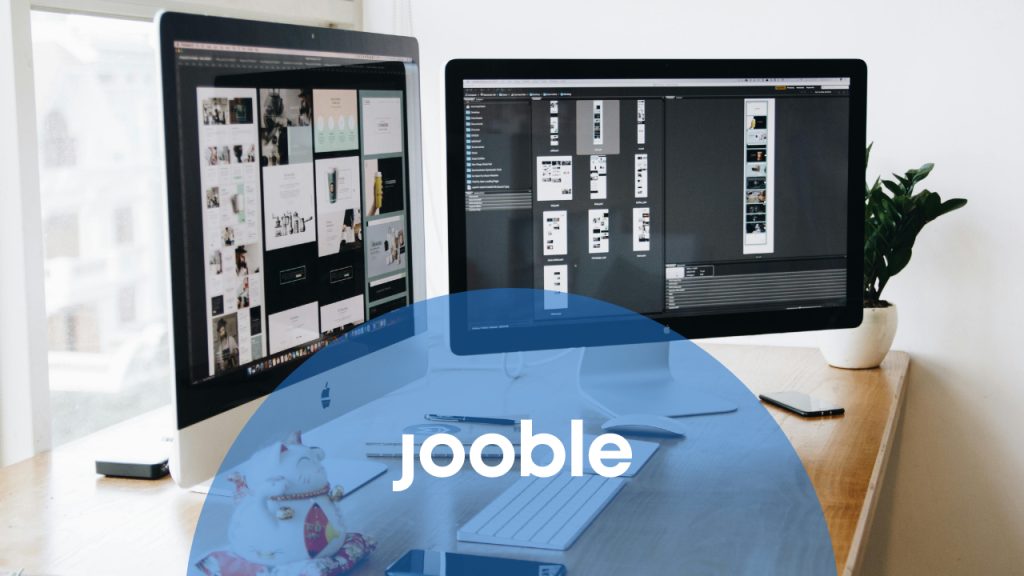
Are you considering a career as a graphic designer? This exciting profession blends creativity and technology, offering numerous opportunities for personal and professional growth. Graphic designers play an important role in shaping visual communication across various industries, making their skills highly sought after. In this guide, we’ll outline the steps to embark on your journey in this dynamic field, highlighting the skills and qualifications needed to thrive in graphic designer jobs.
Table of Contents
Becoming a graphic designer is an exciting journey that combines creativity with technical skills. Meeting the requirements is a good strategy, as they lay the foundation for a successful career in this dynamic field. Here’s what you need to know to get started:
To thrive as a graphic designer, get the right tools and skills. These resources enhance productivity and elevate the quality of your designs. Understand the essential tools and skills needed in this dynamic field, so you can position yourself for success and stand out in a competitive market.
When considering a career as a graphic designer, it’s essential to understand the earning potential associated with this vibrant profession in the USA. Entry-level graphic designers can expect to earn a starting salary that ranges from $40,000 to $50,000 annually, providing a solid foundation for those just entering the field. As you gain experience and develop a robust portfolio, this figure can rise significantly, with average salaries landing around $60,000 to $70,000. For seasoned professionals working in high-demand cities or specialized industries, salaries can soar to $90,000 or even higher. Factors such as location, industry, and your level of experience determine your salary as a graphic designer. If you’re keen on discovering more about graphic designer salary trends across the nation, check out this graphic designer salary resource for detailed insights.
| State | Average Salary |
|---|---|
| California | $78,000 |
| New York | $75,000 |
| Washington | $70,000 |
| Massachusetts | $68,000 |
| Texas | $65,000 |
| Florida | $62,000 |
| Illinois | $60,000 |
| Pennsylvania | $58,000 |
| Georgia | $56,000 |
| Ohio | $54,000 |
Embarking on a journey as a graphic designer opens up a world of diverse career paths and exciting opportunities. This creative profession not only allows you to express your artistic vision but also enables you to work in various industries, from advertising to tech. With the right skills and experience, you can find fulfilling roles that align with your passion for design.
As a brand designer, you’ll focus on creating visual identities for companies. This role involves designing logos, color palettes, and typography that resonate with target audiences, ensuring that brands stand out in a competitive market.
User Interface (UI) and User Experience (UX) designers work closely together to create intuitive and engaging digital experiences. By understanding user needs and behaviors, you will design interfaces that enhance usability and drive customer satisfaction.
Motion graphics designers bring visuals to life through animation and video. This role is perfect for those who enjoy storytelling through multimedia, whether for advertising campaigns, social media, or corporate presentations.
Print designers specialize in creating visual content for physical formats, such as brochures, posters, and magazines. This career path requires strong knowledge of print processes and typography, ensuring that designs translate beautifully from screen to print.
With experience as a graphic designer, you can advance to an art director position, overseeing the visual style and imagery in projects. This role involves leading creative teams and making high-level design decisions across various media.
For those who prefer flexibility, becoming a freelance graphic designer allows you to choose your clients and projects. This entrepreneurial path requires strong self-marketing skills and the ability to manage multiple projects simultaneously.
While a formal degree in graphic design or a related field is often preferred, many successful graphic designers build portfolios that showcase their skills and creativity better than a diploma. Practical experience, along with a strong understanding of design principles, can also be beneficial.
Key skills for graphic designers include proficiency in design software like Adobe Creative Suite, strong visual communication abilities, creativity, and knowledge of typography and color theory. Building a graphic designer resume that highlights these skills is a win for job applications.
A portfolio is necessary for graphic designers as it demonstrates their work and capabilities to potential employers. It shows your style, creativity, and range, making it a vital tool in the job search process.
A graphic designer creates visual content to communicate messages, using typography, imagery, and color. They work on various projects, from branding to advertising. To learn more about their responsibilities, check out this article on what does a graphic designer do.
To prepare for a graphic design interview, familiarize yourself with common graphic designer interview questions and answers, practice your responses, and be ready to discuss your portfolio in detail.
While not mandatory, obtaining certifications in specific graphic design software or design principles can enhance your qualifications and show employers your commitment to the profession.
Your cover letter should highlight your passion for design, relevant experience, and skills. Be sure to tailor it to the specific job and include a link to your portfolio. For more tips, check out this guide on creating a great graphic designer cover letter.
While professional experience is valuable, many entry-level positions are available for recent graduates or those transitioning from other fields. Building a strong portfolio can help you land your first job even without extensive experience.